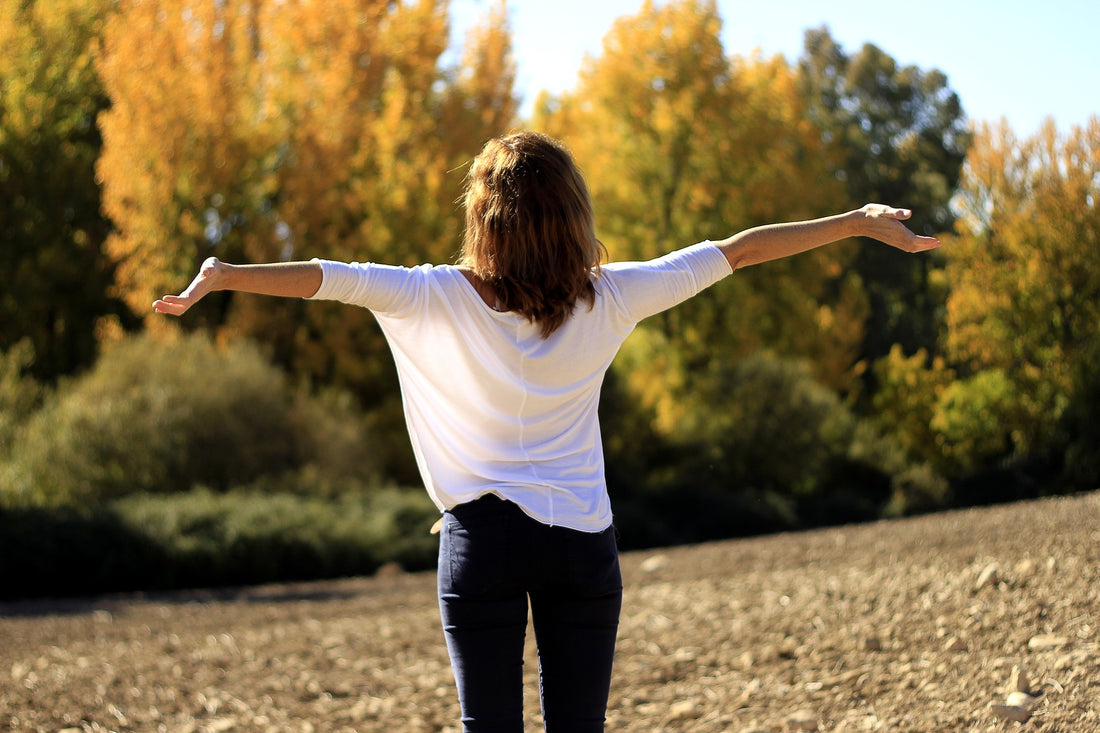When you watch the news and see how others across the world are suffering, what do you do? What can you do right now, in this moment, at the moment when your heart has opened to what someone else is enduring?
On one level, especially when facing global issues like climate change, or war, or a pandemic, we’re pretty powerless. 2500 years ago, the Buddha taught a lot about suffering, but he lived at a time when it was impossible to know the circumstances of someone on the other side of the planet. In my lifetime, sitting in front of a television and watching the Persian Gulf War begin, or seeing the plane crashes on 9/11 in real time, or now, watching as this virus spreads through communities—that’s an experience common to all of us, and also relatively new. In every moment that you look at the news, you are a witness to suffering on a vast scale, almost none of which you can directly alleviate. It’s a burden. And it hurts.
Buddhism doesn’t have a magical fix for any of this. But there is one practice, tonglen, that at least speaks to it—both to that impotent feeling and to the compassionate impulse to do something, anything, to help. (Tonglen is a Tibetan Buddhist practice; my path took me to Zen, but tonglen stuck with me. So I’m no expert. But maybe this will spark an interest to learn more for yourself.)
Simply put, tonglen is breathing in the bad and breathing out the good—for most of us, the exact opposite of our instincts. More specifically, though, it’s about breathing in someone else’s “bad”—their pain, their heartache, their fear, their stress. You visualize taking it into your own body, one breath at a time, and fill your lungs with it. You metabolize it. You let it into your bloodstream. And when you breathe out, you breathe out an offering: comfort, joy, fearlessness, ease. We can do this right now. We can always be doing this.
The instructions I’ve received around tonglen have always been to start with what’s easy. In other words, start with an individual, someone you love and already have real sympathy for, someone whose pain you’re familiar with. Breathe it in, and offer the antidote. You might feel some resistance at first to the idea—even as a visualization—of breathing in something so unwanted. You might also doubt your ability to hold it all and to offer something better. So start simple. This is a new muscle.

As it becomes more comfortable, move into what’s more uncomfortable. That might be someone you don’t know well; eventually, it might be someone you loathe. But there’s no one who doesn’t suffer, so there’s no one to whom you can’t direct this practice. More than anything, it’s a matter of developing your confidence, your own sense of capacity. Eventually, it might become a kind of reflex—you see suffering and immediately breathe it in. What could be more beautiful?
Another direction—the one on my mind these days—isn’t toward people for whom you have less sympathy, but rather toward entire groups. Can you hear about all the people in New York right now—those who are infected, those who are trying not to be—and inhale into your own body their collective fear? Can you take a deep breath and bring with it the loneliness people are feeling as they isolate from the people they love most? Can you personally choose to pull the world’s stress into your lungs?
I think the answer is yes.
But why do it? Is it because you’re actually alleviating something, actually taking someone’s pain away? Some who do this kind of practice would say yes, but I don’t think it’s necessary to see it that way. This is compassion practice, and its real-world efficacy really isn’t the point. When you take that breath, you feed that impulse to offer something. You give it shape, which makes it easier to follow that impulse the next time and the next. At the end of that inhalation, when you’ve filled yourself with suffering, you’re teaching yourself that you have a capacity to hold more than you would think—maybe even everything. And when you let it go and breathe out again, you verify, in that quiet breath, that you always have something to give, even if you’re unsure of it, even if it’s invisible. In this way, you become the body of the world, breathing itself in and breathing itself out. Compassion feels like this, borderless.
The next time you hear a story or see an image, and it’s painful, and it makes you want to turn away, instead, breathe it in. All of it. You’re going to take that breath anyway—why not bring the world with you?

Author: Koun Franz
Koun Franz is a Montana-born Soto Zen priest who trained, taught, and translated in traditional monasteries in Japan. He is the guiding teacher of Zen Nova Scotia; his talks can be found on the ZNS Podcast.

Hand Painted Shakyamuni Buddha Statue
Shakyamuni, the historical Buddha, sits upon the lotus throne. His hands are held in the "cosmic mudra," the gesture of meditation. Made of bonded stone with hand painted finish.

Kapha is known to have heavy, slow, cool, oily, soft, and viscous characteristics. It is prone to oily, soft skin and cold body temperature. Ruled by the elements of earth and water, this dosha expresses calmness, smoothness, and steadiness when in balance, and sluggishness, immobility, and attachment when out of balance. Kapha is balanced by using herbs and oils that are opposite to the core qualities of the dosha.

